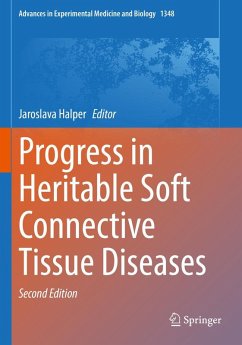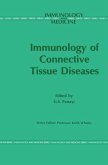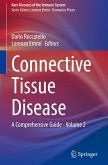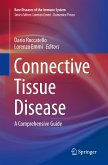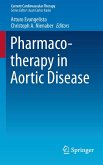This volume represents a substantially revised and updated 2nd edition of a reference handbook on major structural components of soft connective tissues and a whole slew of heritable diseases of soft connective tissues. The number of clearly identifiable and distinct disorders has grown somewhat since the 1st edition in 2014, e.g., Ehlers-Danlos syndrome has now 13 entities. A brand new syndrome, Meester Loeys syndrome carrying the name of Bart Loeys was added as a companion to Loeys-Dietz syndrome. Numerous variations of cutis laxa and joint mobility disorders have been discovered taking advantage of recent advancements in genetic analysis. We have acquired better understanding of pathogenesis and biochemical changes in some other, more established entities, such as Marfan and collagen VI myopathies where better management and possible treatment are on the horizon. Even in the case of connective tissue diseases in domestic animals some progress has been made. All these updates werecontributed by a group of distinguished and preeminent physicians and scientists, all of them not just working in the field but making new discoveries described by them.
Readers will notice that seemingly there is an overlap among many of these disorders. And indeed, many of them, if not most are interconnected because of the prominent roles of TGFbeta, of fibrillin microfibrils and collagen fibril assembly (and other molecules) playing in connective tissues physiology, and by extension in pathogenesis of many disorders described in the book. What I found particularly helpful that author(s) of each chapter bring their own perspective even when described closely related mechanism of the disease. These observations should help with diagnosis and management of such cases.
The first chapters are more general, concentrating more on the physiology, structure and biochemistry of normal soft tissues. That should help in better understanding of the pathophysiology.
Last but notleast, the chapters are very readable, more like detective stories than dry description of genetic/biochemical defects. I do hope that basic scientists and clinicians with similar and diverse interests alike will appreciate this volume and will be inspired by it to develop their research in the field.
Readers will notice that seemingly there is an overlap among many of these disorders. And indeed, many of them, if not most are interconnected because of the prominent roles of TGFbeta, of fibrillin microfibrils and collagen fibril assembly (and other molecules) playing in connective tissues physiology, and by extension in pathogenesis of many disorders described in the book. What I found particularly helpful that author(s) of each chapter bring their own perspective even when described closely related mechanism of the disease. These observations should help with diagnosis and management of such cases.
The first chapters are more general, concentrating more on the physiology, structure and biochemistry of normal soft tissues. That should help in better understanding of the pathophysiology.
Last but notleast, the chapters are very readable, more like detective stories than dry description of genetic/biochemical defects. I do hope that basic scientists and clinicians with similar and diverse interests alike will appreciate this volume and will be inspired by it to develop their research in the field.

